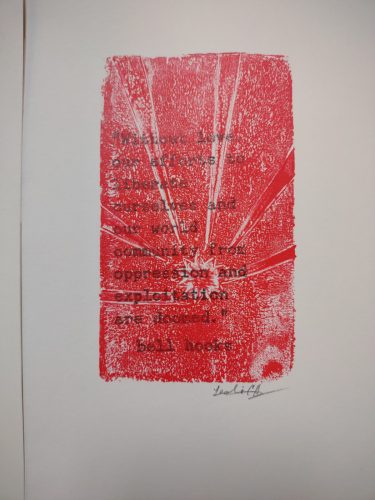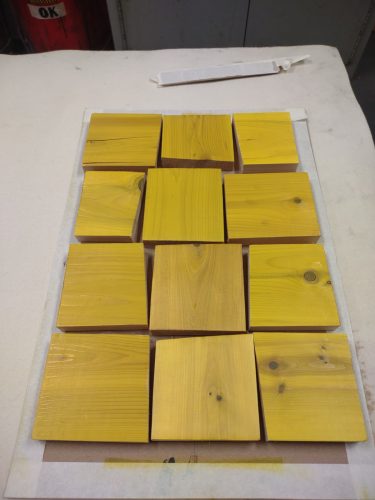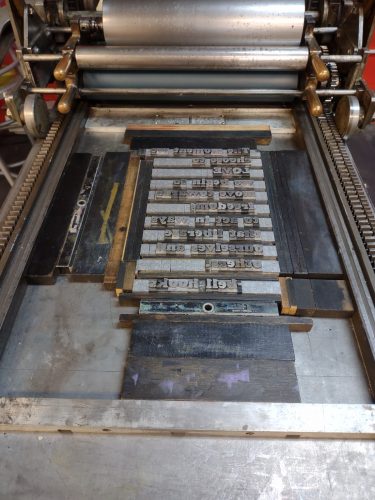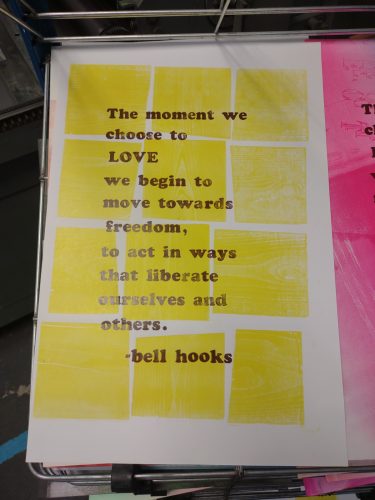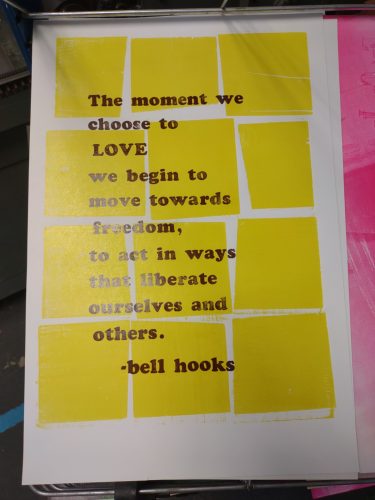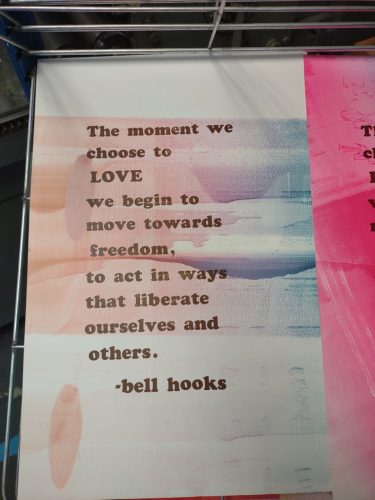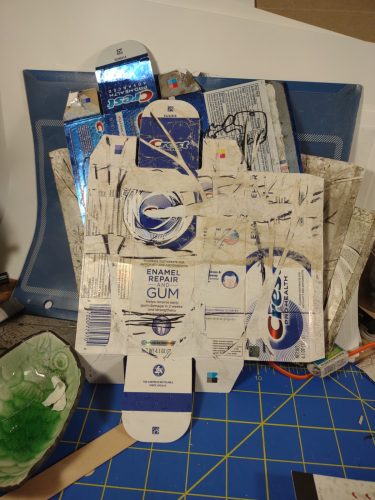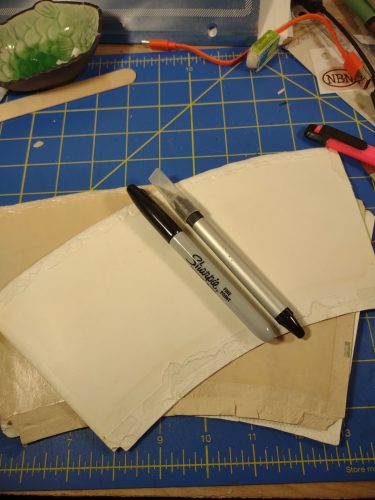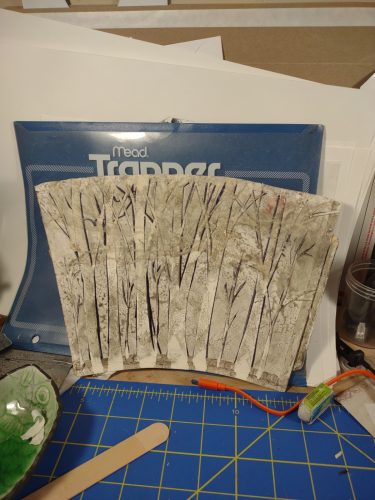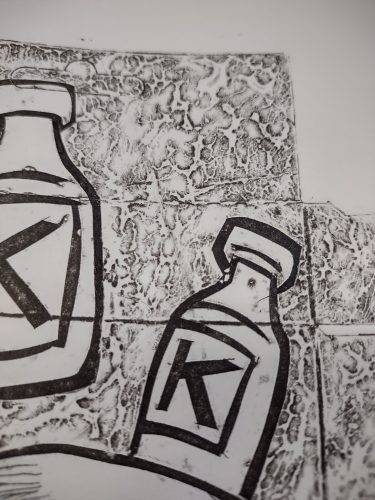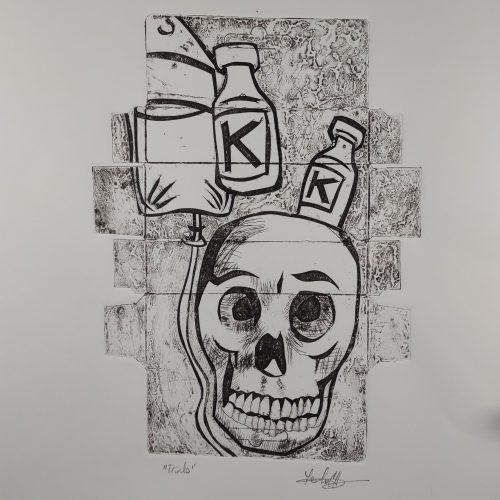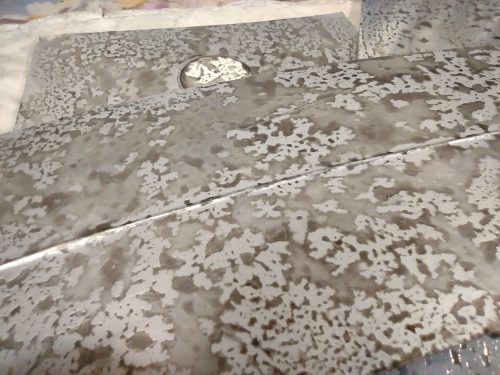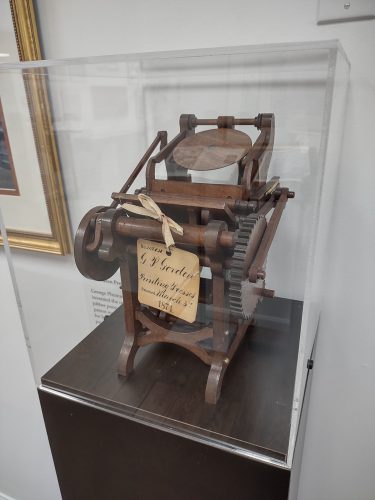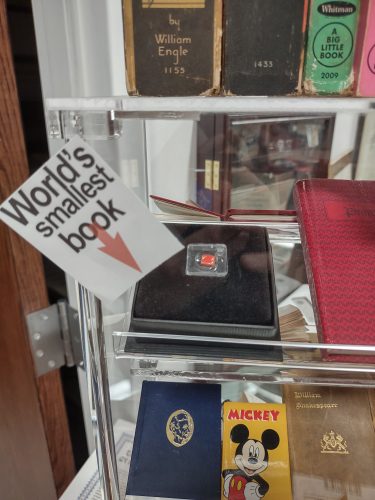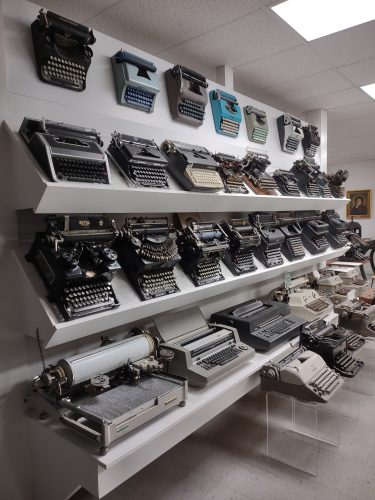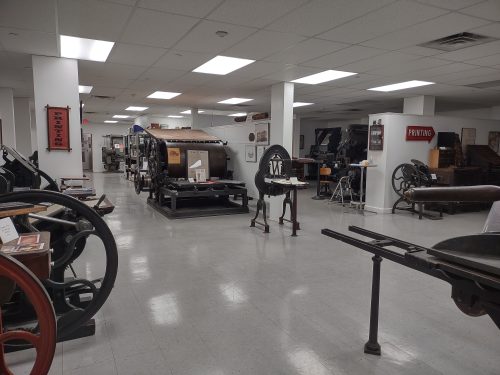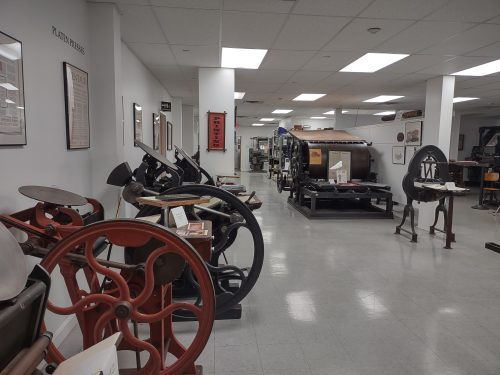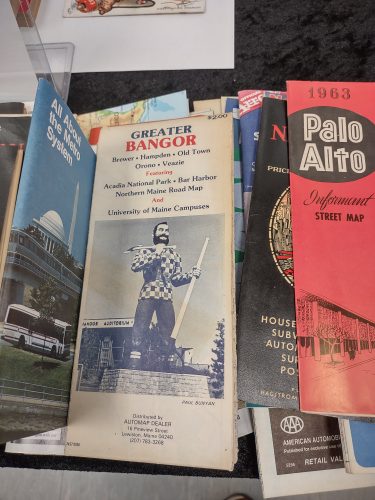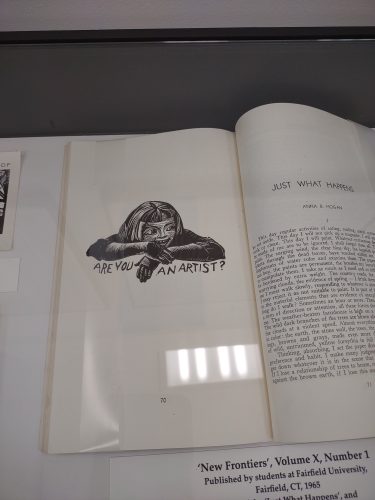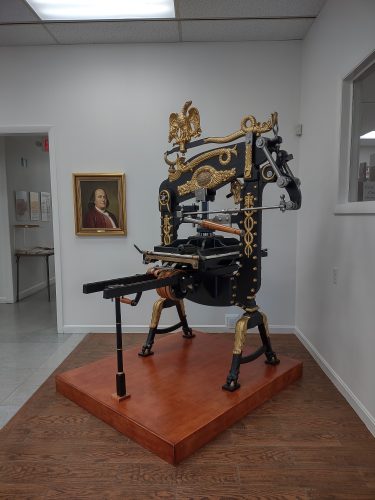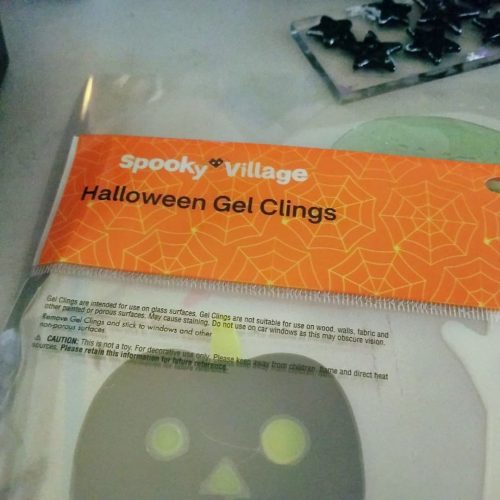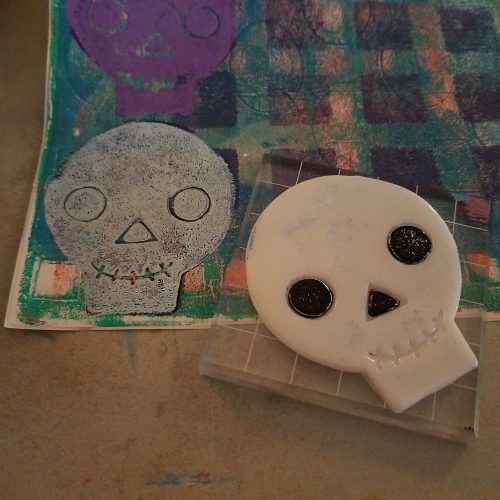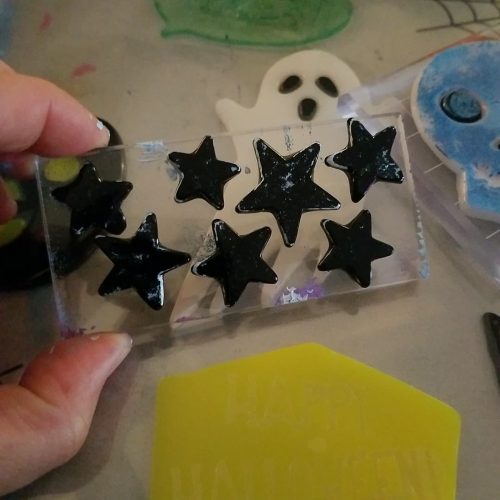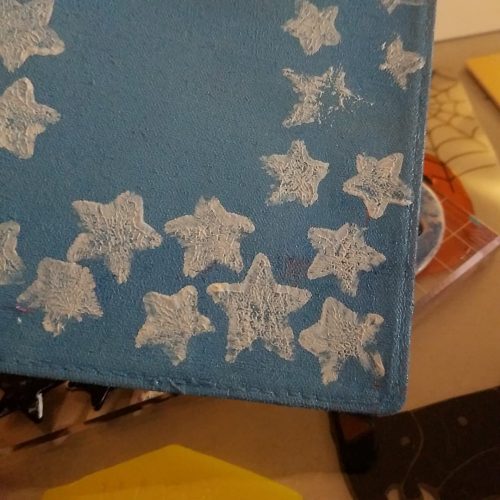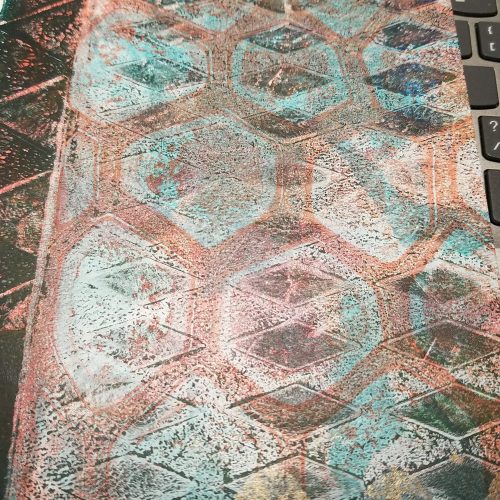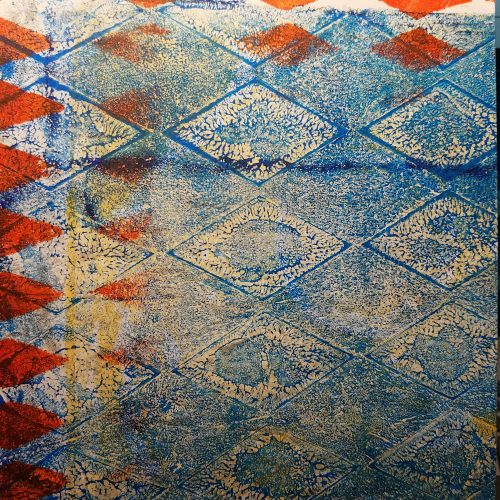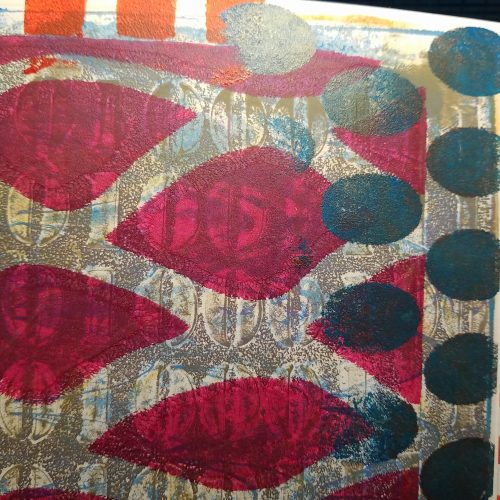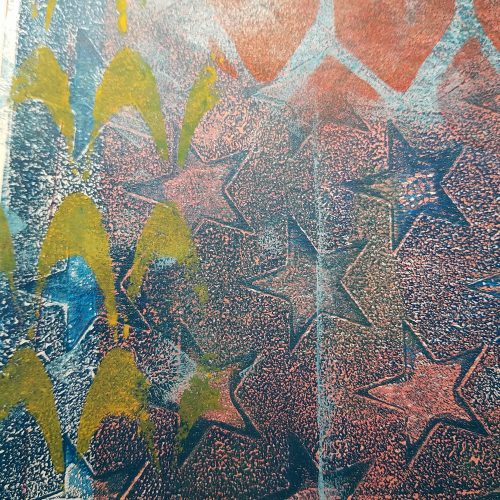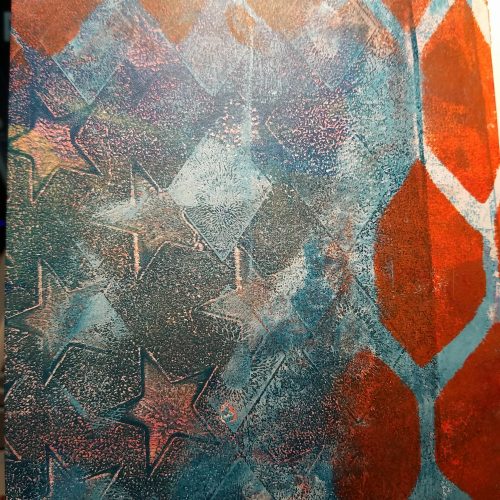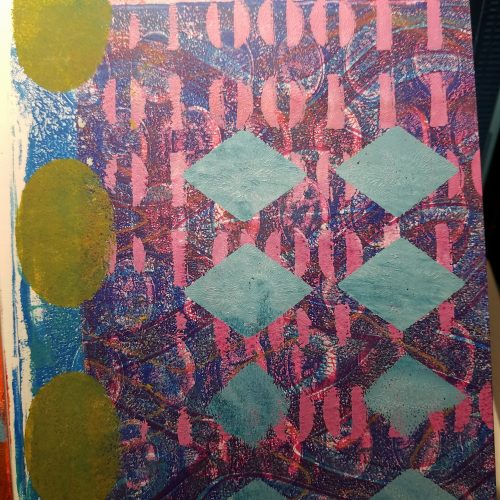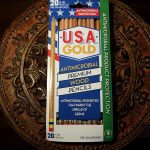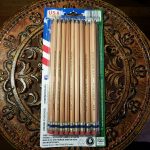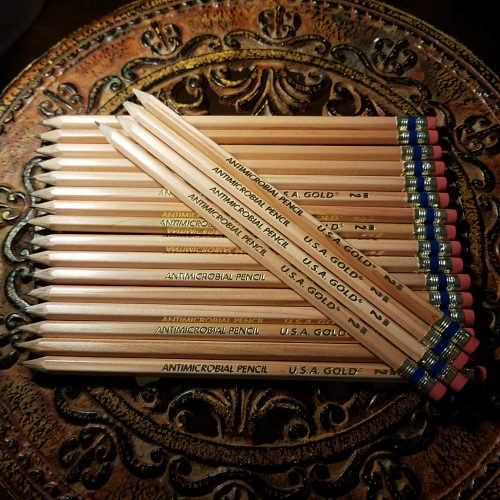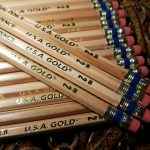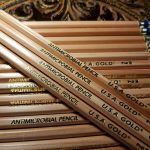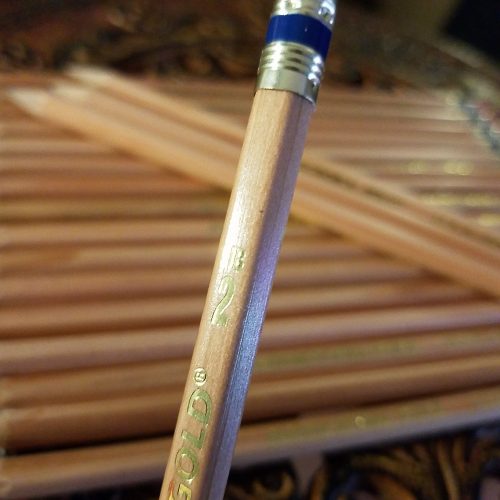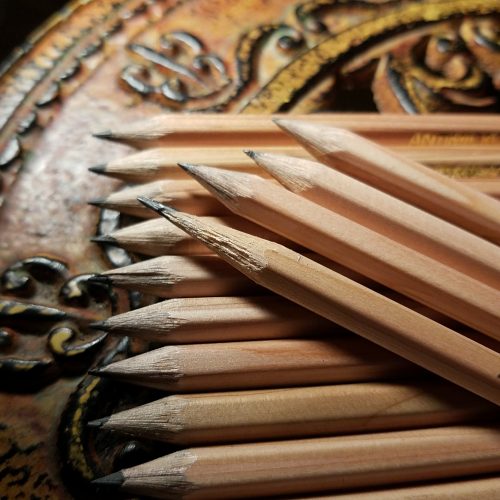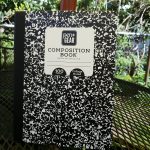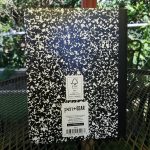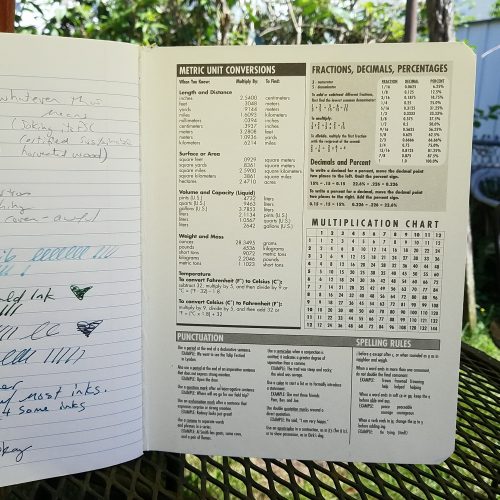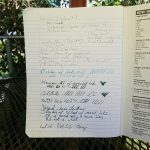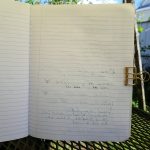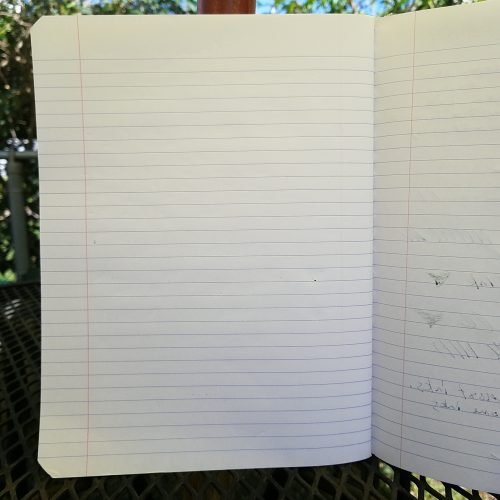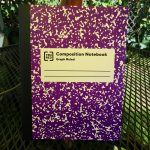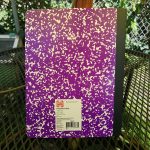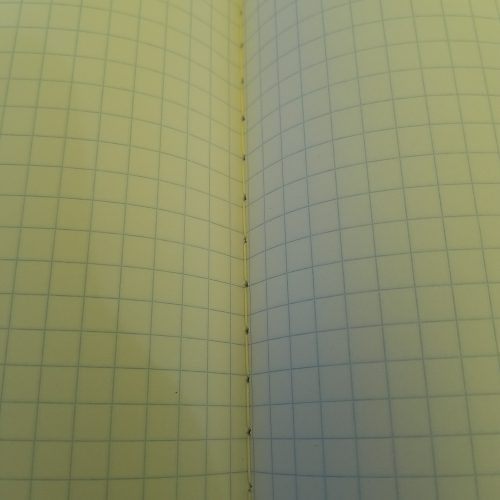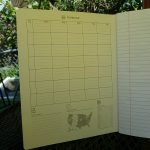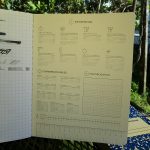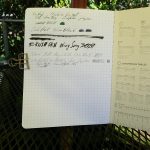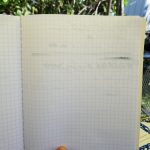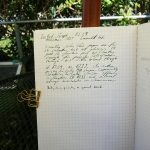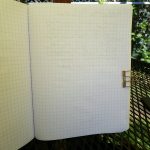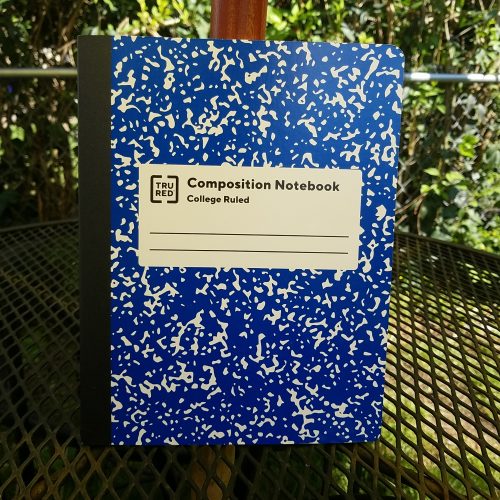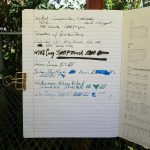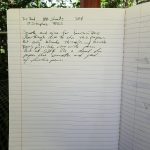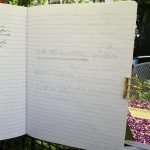The end of the year as we roll into the new is often used as a moment of reflection. A place where we look back on the bad and good and use that to set goals and intentions for the new year.
WOW! What a year we had. A second of a global pandemic, which is back on the rise in my area with folx still refusing to get vaccinated or to even mask up. MY city attempted to hold a meeting about mask mandates, and because they were too… stupid to lock it down, anti-maskers spoke over them and drove them out for over an hour while city officials figured out how to work Google Meet. Sweet Jeebus.
Anyway, this is what we’re living with here in the States, instead of attempting to wipe out a measly virus we’re fighting over wearing a simple piece of cloth over our faces. I have more to say, but this post isn’t about that, not it’s about reflection.
I spent the last year working on a series of prompts and ideas for the newest volume of Useful Journaling. We’ll see how it comes out. But 2021 saw me using my journal more often than in a few previous years, and making it more of a practice again. But it also saw me wanting to continue with my zine efforts, while floundering on the original premise of Useful Journaling. But now that I’ve taken a year to think and mull on it, I see a new option.
Most frustrating for me, I lost** the original files for Useful Journaling, including my layout file. Annoyingly I thought I’d redundantly backed them up, only now I can’t find all of them. Awesome. For some reason when I updated the OS on my cheap little laptop it corrupted all the attached drives- including the expansion micro SD card. While I thought I’d uploaded the files to Drive AND DropBox, I had not. Bummer. It’s not a hard one to recreate but here I am.
Fortunately, I have original flats of all my old zines, which means I can scan them easily. (JK I just found these in yet another search of Drive. deep sigh of relief.) But A word to the wise, if you think you have backed things up, check and double check to be sure that you have. While I’m not exactly a digital hoarder, it is useful to keep; some of these digital files on hand just in case.
So a few goals for me in the upcoming year-
- Redundant back ups, for everything I’m currently working on. And double checking to be sure I’m doing this.
- Consistent photos for the blog and instagram.
- New issues of Useful Journaling, but different than before.
